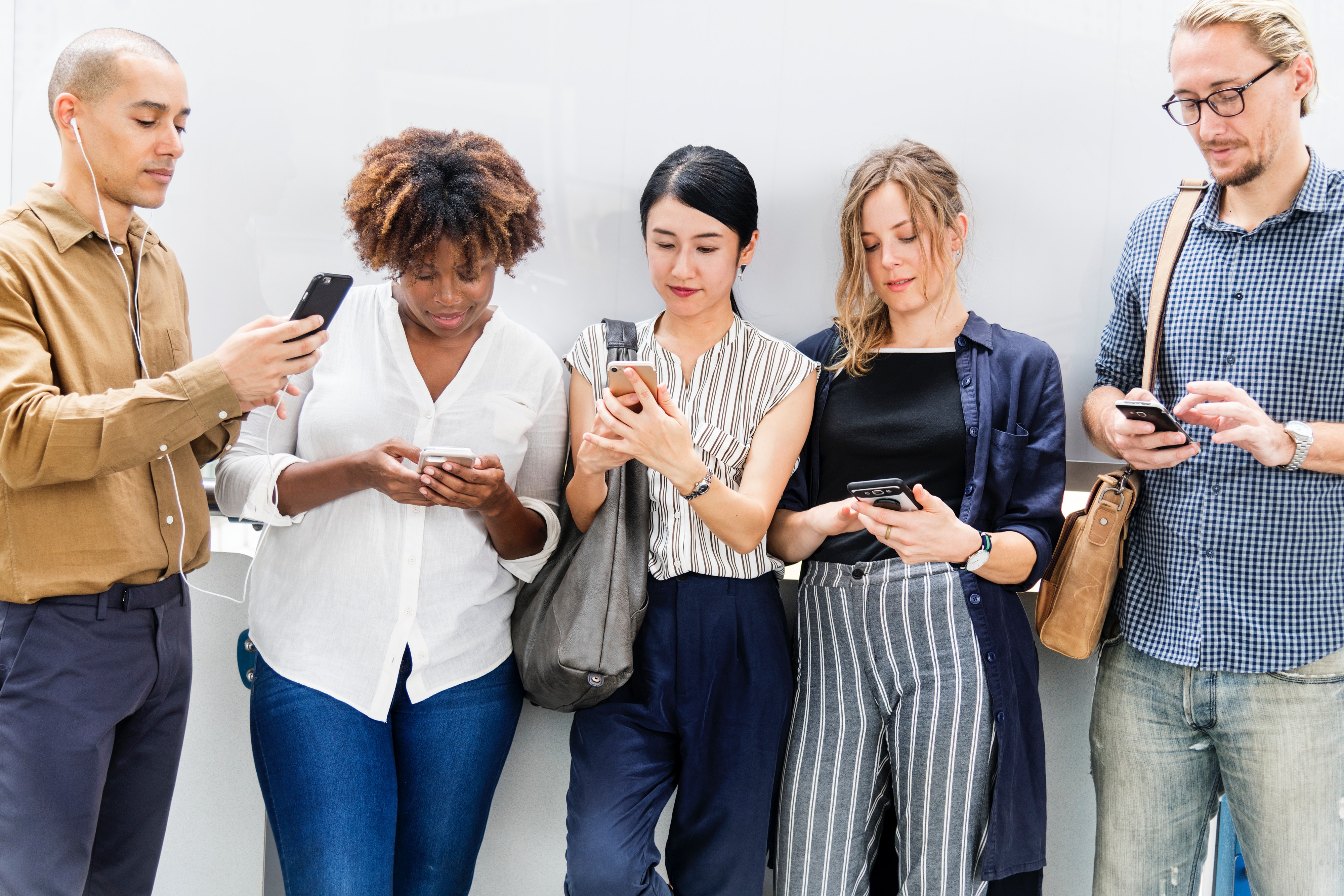Sections
M-Commerce: 8 Trends to Watch This Year
By Maddie Davis, Guest Contributor
As smartphones grow smarter, the capabilities continue to improve and consumers are taking full advantage. Mobile commerce stems from eCommerce and though there are similarities, there are also vast differences that brands need to account for moving forward. After all, mobile eCommerce sales are expected to account for 54% of total e-commerce sales by 2021.
B2C businesses today are all about providing great customer experiences, and mobile commerce users expect nothing less. In 2019, expect the development of more mobile apps focused on improving customer interactions with brands. Technologies such as augmented reality (AR) and artificially intelligent messenger bots are increasingly making their way into the m-commerce space with no signs of slowing down.
This year, expect these eight trends to lead the m-commerce industry.
1. Augmented Reality
Home refurnishing and fashion brands are taking the lead in the use of AR mobile apps. Providing consumers with the opportunity to virtually test products in their personal lives is contributing to more satisfied customers and more informed purchase decisions. IKEA and Wayfair, for example, offer mobile shopping apps that enable shoppers to see what a piece of furniture would look like in their home. Beauty brand Sephora helps mobile shoppers choose the perfect color using their Virtual Artists app. By uploading a photo of themselves, users can virtually try on makeup and test out new looks.
2. Chatbots

Messaging applications are providing mobile shoppers with an easy way to instantly communicate with a brand. Utilizing chatbots, consumers can receive answers to specific product questions, shipping information, and receive relevant recommendations all while on the go. While chatbots are nothing new, we can expect to see more mobile commerce sites using them and with more advanced technology.
3. Omnichannel
Omnichannel experiences refer to serving customers wherever they are, and enabling them to shop for what they want via the device of their choosing. M-commerce plays a major role in brands’ omnichannel efforts as younger generations lean in favor of mobile shopping. Offering consistent, exceptional service is critical for retaining customers that prefer on-the-go shopping and multi-device shopping.
Fashion retailers in particular are making more efforts to optimize their mobile sites for customers shopping throughout the day. Particularly, since the emergence of visual search, tech-forward companies are recognizing new opportunities to get their products in front of target audiences.
4. Visual Search
Samsung has recently announced a new partnership with visual search technology provider Visenze. Integrating visual search capabilities into several Samsung models will make mobile shopping that much easier for users. By taking a picture of an item they’re interested in, shoppers will be directed to web pages where the exact or similar items in the photo can be purchased.
5. Proximity Marketing
For companies with both an online and physical presence, proximity marketing can serve as an excellent tool in attracting customers. The concept behind proximity marketing, is that brands can target people within a certain radius of their store by creating small devices known as beacons.

These beacons send Bluetooth signals to the mobile devices of nearby customers who’ve downloaded the brand’s app. Encouraging customers to visit your store when they’re nearby through mobile notifications of discounts, offers, or in-store coupon codes can be beneficial to both online sales and storefront foot traffic.
6. Shoppable Tags on Instagram
Most m-commerce strategies already include social media; with 76% of U.S. consumers having purchased a product they’ve seen in a brand’s social media post, this is no surprise. However, moving forward, the most successful brands will go beyond just building an aesthetically pleasing feed. Shoppable tags on Instagram are great for improving m-commerce strategies. By optimizing your business account for shopping, visitors of your account can be quickly directed to the proper web page to purchase items you post about. This not only saves brands money by eliminating the need for expensive Instagram ads but simplifies mobile shoppers’ buying process.
7. Mobile Payments and Wallets
Extending beyond just tech-savvy consumers, mobile payment forms are becoming increasingly mainstream and creating a more convenient and efficient shopping experience.

This year, the number of worldwide mobile wallet users is expected to total 2.1 billion. Mobile wallets provide consumers with the convenience of making purchases with a tap of their smartphones, reducing the need for carrying around multiple credit cards. The big-name mobile wallets being used today include: Apple Pay, Google Pay, Amazon Pay, Samsung Pay, and PayPal. Look for some banks to launch their own mobile wallets in the near future as well.
8. Mobile App Payments
Similar to mobile wallets, mobile app payments refer to specific brands’ mobile apps. Companies such as Walmart, Starbucks, and Dunkin’ Donuts allow users to add their card details to their app and upload money to pay for in-store purchases through the balance on their phones. Both local and global businesses are adapting this tool as brand-specific mobile apps become increasingly popular. The benefits of mobile app payments impact both the brand and consumers as many participants offer app-only deals to encourage customer engagement.
Prepare Your Brand for M-Commerce
Research has shown that people who shop online using their mobile devices tend to spend twice as much via digital channels than those not buying on mobile devices. As mobile technology advances and more consumers look to their phones for their shopping needs, it’s in your brand’s best interest to optimize your mobile commerce strategies by implementing these trends and the many more we’re likely to see in 2019.
Maddie Davis is co-founder of Enlightened Digital and a tech-obsessed female from the Big Apple. She lives by building and redesigning websites, running marathons, and reading anything and everything on the NYT Best Sellers list.







